5.Hounzan Daikyoji Temple
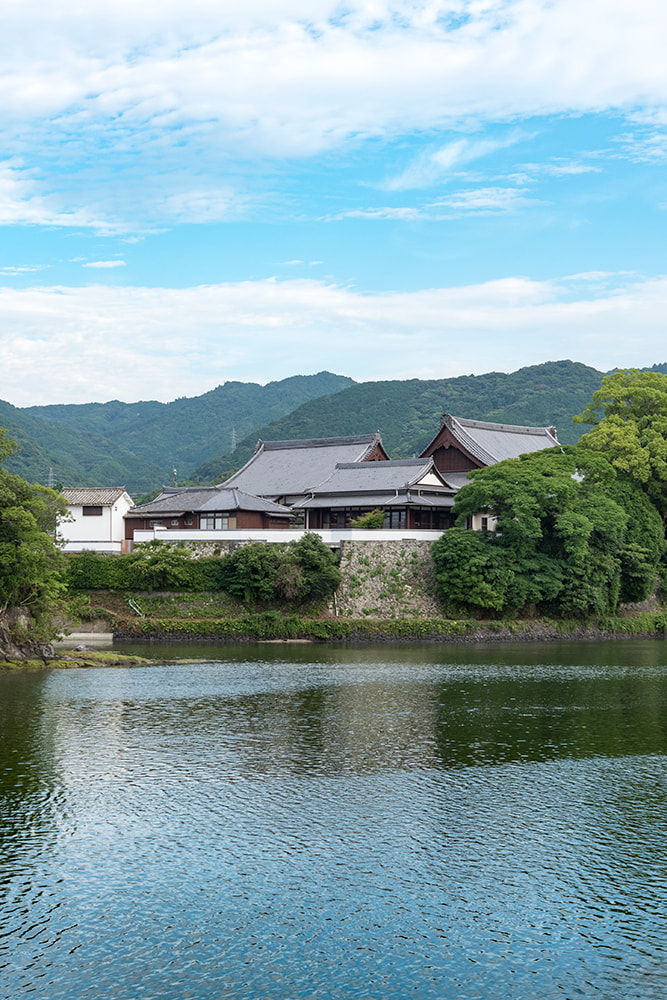
The “Temple of the Big Bridge” floating on the Usuki River,
casting beautiful shadows on the water
The history of this temple stretches back to 1548, when Saint Yuhan, who was traveling around the country, opened a hermitage on Ubugashima Island. Later, Lord Sorin Otomo Sorin took refuge with Saint Yuhan and built a Buddhist temple. That temple was named Hounzan Saihoji Temple. Eventually, a large bridge was built between the temple and the town to improve convenience for the ever-increasing number of visitors. That led to the temple becoming known by the residents of the town as the “Temple of the big bridge,” and the name of the temple was changed to Daikyoji (“big bridge”) Temple. After passing through the gate and climbing the stone steps, the temple is divided into a central gate and a Kannon-do Hall, with the main hall spread out beyond the central gate. The building was surrounded by fences and stone walls while taking advantage of the differences in elevation, and it seems to have also been considered to serve as a castle (fortress) in times of war. There are many anecdotes from the time when Christianity was outlawed about how the 6th generation Saint Rekido worked together with the headmaster of the village to save Christians hiding in the village by saying they were all parishioners of Daikyoji Temple. Just as the nickname given by the townspeople to the temple became its official name in the past, the connection between the temple and the people is alive and well now in the Reiwa Era as well.
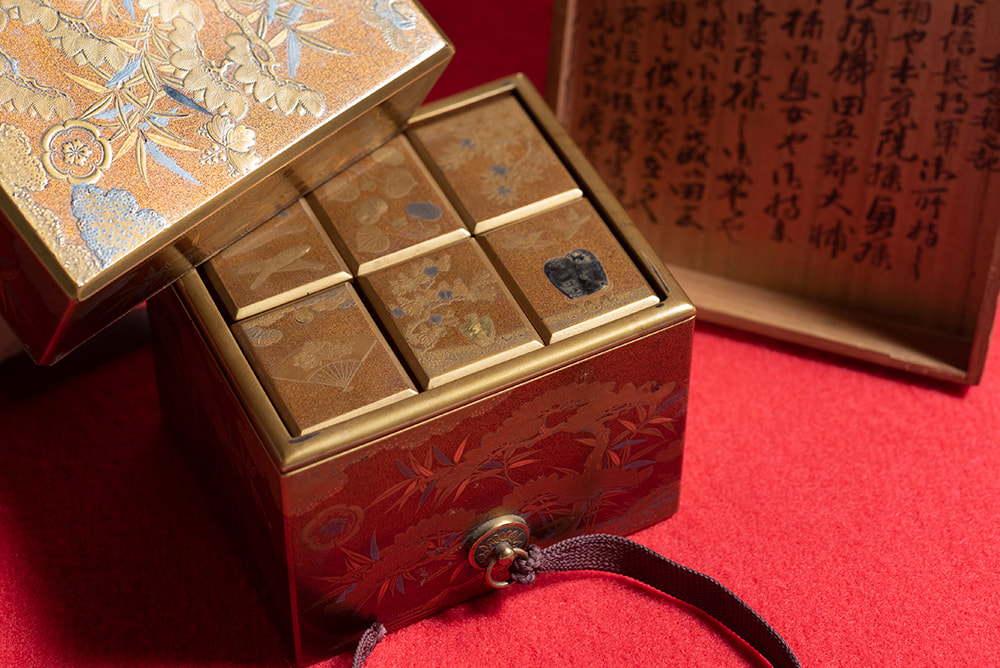
This is an incense box that belonged to Tenryoin (great-grandson of Nobunaga Oda Nobunaga), second wife of Nobumichi Inaba Nobumichi, the fourth lord of the Usuki Domain.
*As it is a temple treasure, it is normally not on display.
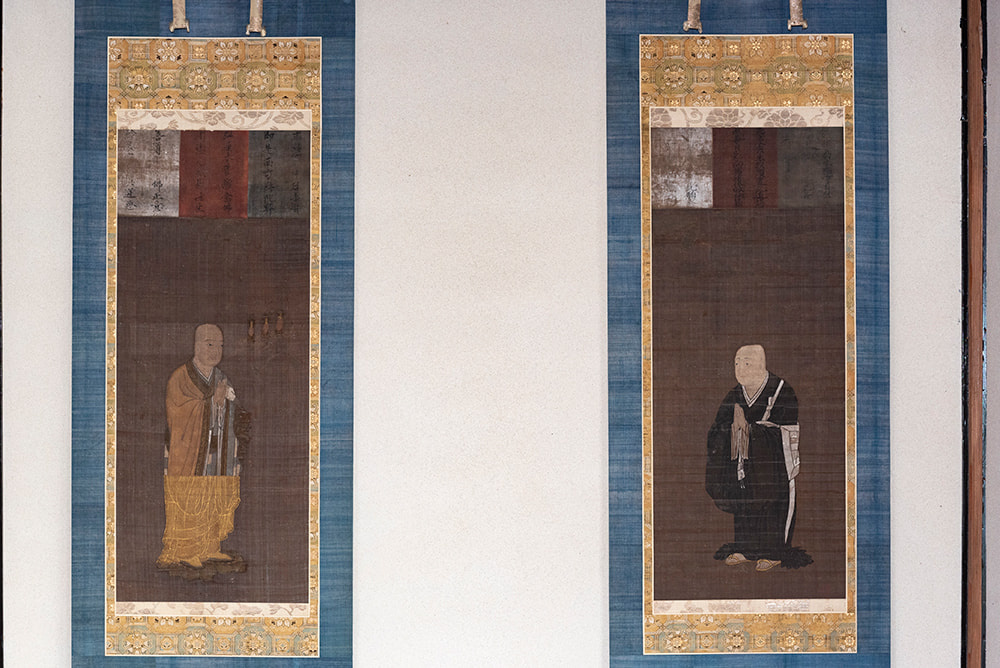
There is a pair of painting scrolls by Motonobu Kano Motonobu, an official painter of the Muromachi Shogunate, depicting Saint Honen (right), founder of the Pure Land Sect of Buddhism, and Zendo Daishi (left), a Chinese Pure Land priest, facing each other.
*As it is a temple treasure, it is normally not on display.
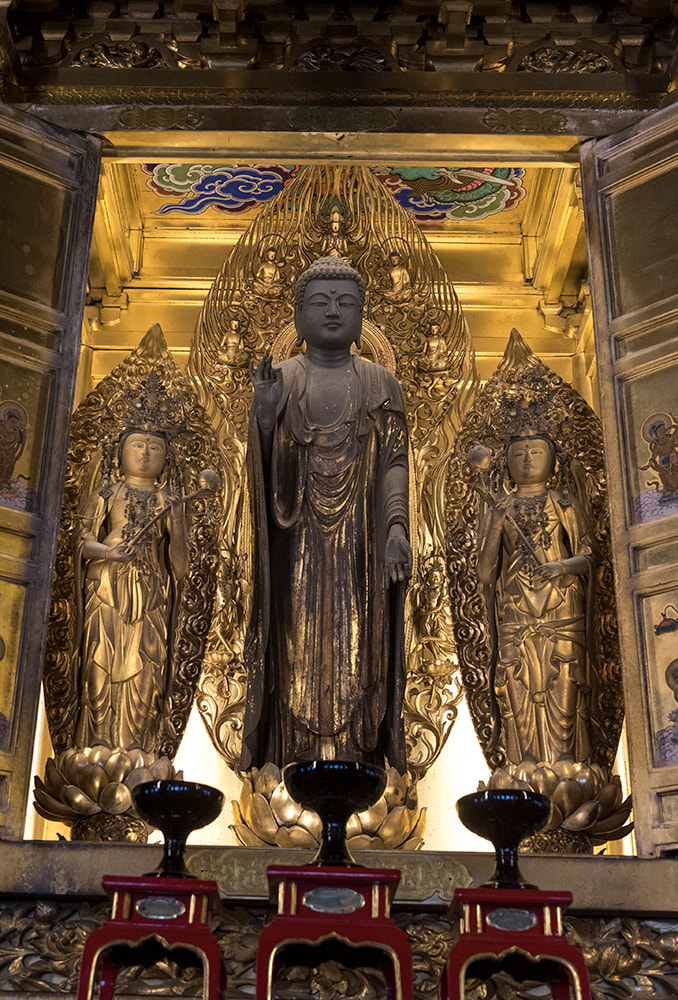
The principal image is a statue of Amida Nyorai created in the Hakuho Era (645-710). The halo, lotus stand, and Bodhisattvas on either side were made 1,000 years later.
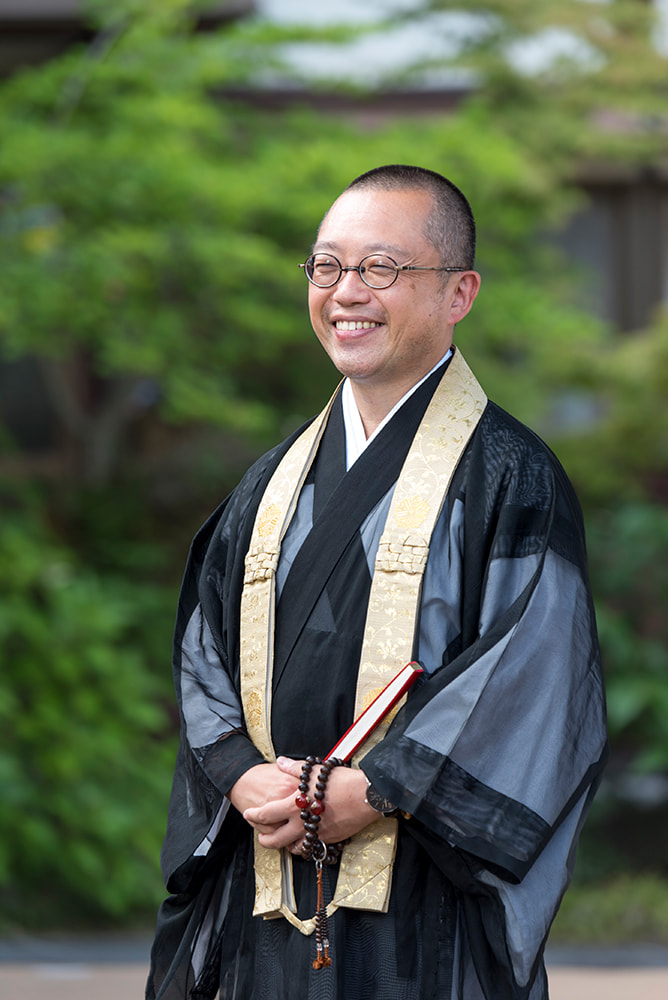
“I hope that by coming to the temple, you can relieve yourselves of a bit of your burdens,” said Shinjyo Ono, the 32nd generation head priest of the temple.
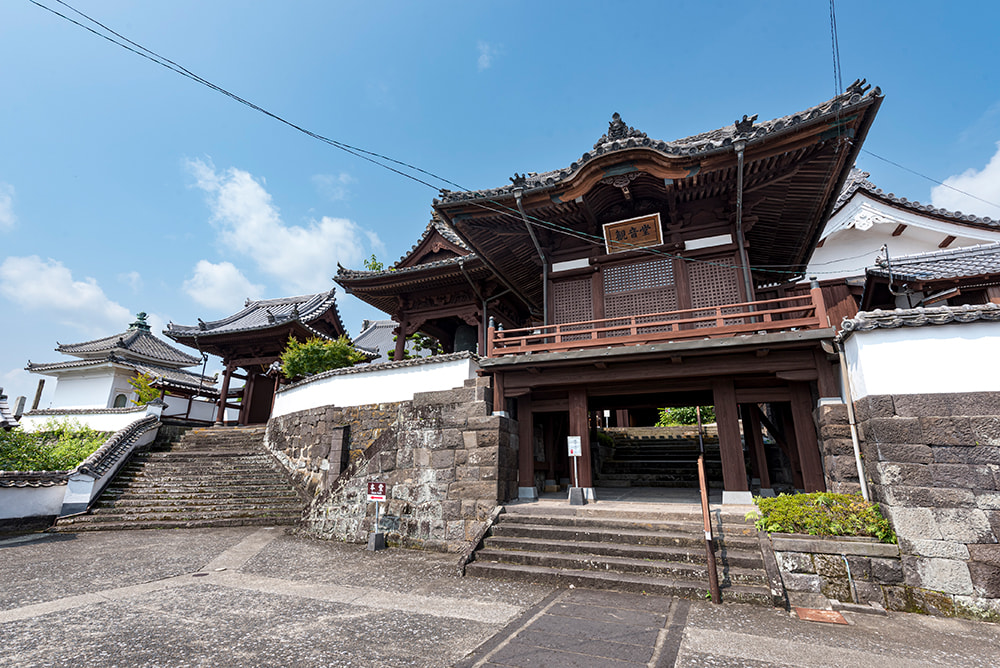
The temple has a long history and enshrines the tablets of Lord and Lady Sorin Otomo Sorin and successive generations of the Inaba Clan, and is also home to the grave of Captain Fujimaru, who was killed in the Satsuma Rebellion of 1877.
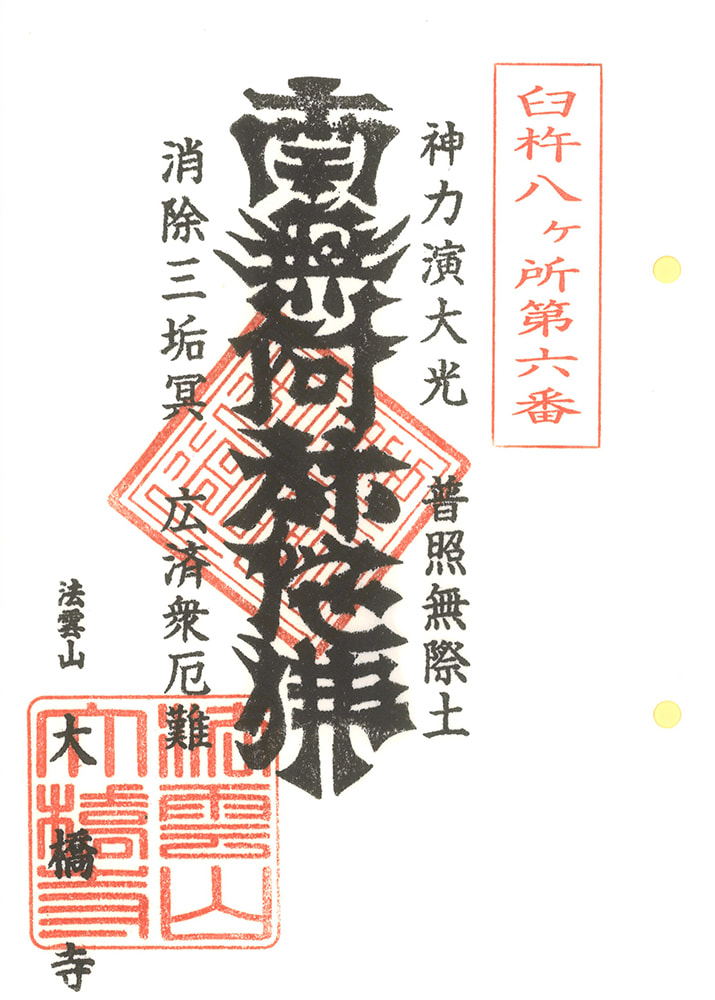
- Address
- 115 Hirasozu, Fukura, Usuki City, Oita Prefecture
- TEL
- 0972-62-5963
- Parking
- Available
- Stamp location
- Room at the front entrance
- Restrooms
- Available
